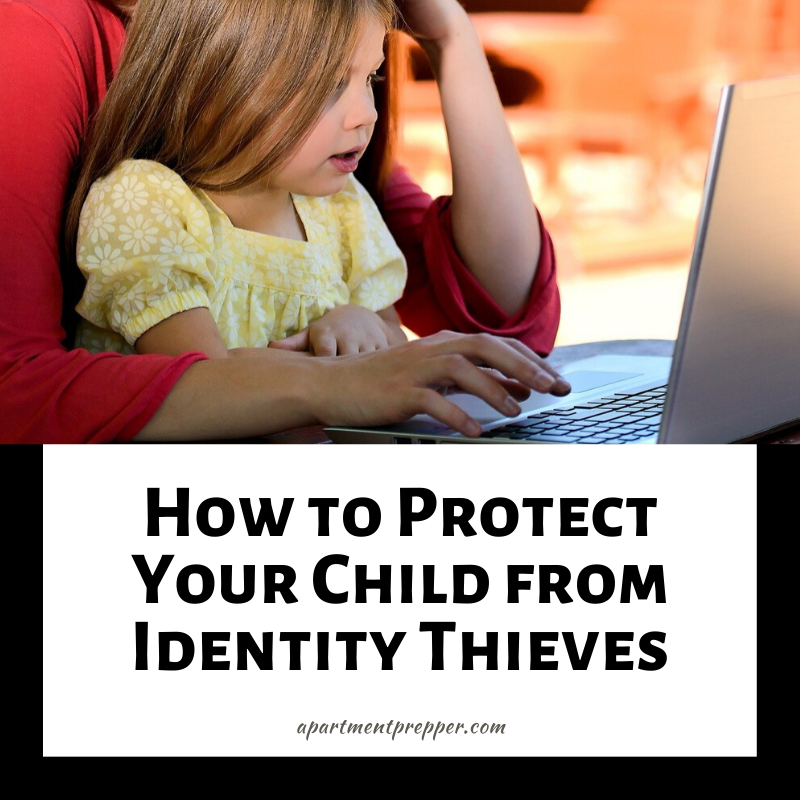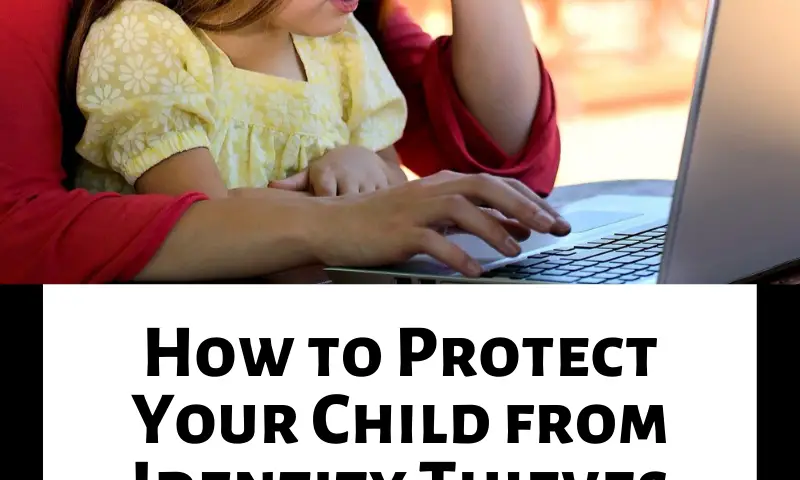Written by: Kayla Matthews
While adults are often targets of identity theft, a child can just as easily fall victim. In fact, children are even more valuable to scammers as they have no existing credit, allowing thieves to open new lines and rack up years of fraudulent activity without detection.
Altogether, more than 1 million children were victims of identity fraud, and scammers stole roughly $2.6 billion in 2017 alone.
There are a few steps you, as a parent, can take to protect your child’s identity.
1. Protect Sensitive Information
The most effective way to protect your child from identity theft is to safeguard their personal information from the get-go.
Six in 10 child victims personally know the identity thief, with one-third being family friends. Schools, camps, sports leagues and other programs often request unnecessary sensitive information like their Social Security number. Limit sharing this information with organizations and people who don’t need it. If you must, inquire as to how it will be protected.
Find a safe location for all paper and electronic documents containing personal information, and be sure to shred anything that may compromise their identity instead of tossing it in the garbage. Don’t carry sensitive documents on your person, as these can be easily stolen. You might also consider getting a lockbox for your mail as an extra precaution.
2. Monitor Online Activity
If your child is old enough to surf the web or create a social media profile, keep a close eye on all online activity. Monitor which sites they visit and apps they use to determine if any pose potential security risks. Talk to your child about the potential dangers of sharing personal information online and teach them how to spot scams and phishing attempts.
Make sure they always completely log out of any online accounts to prevent hacking. Thieves have easier access to your network if passwords are stored on your desktop and you’re constantly signed in on your browser. Additionally, regularly update your software and firewalls to stay current on protection.
3. Look for Red Flags
Even if you are vigilant, thieves can still steal your child’s identity. Learning how to recognize identity theft is essential to stopping future security breaches. Keep a close eye on all incoming mail, voicemails, phone calls and emails.
Bills and credit card offers addressed to your child are sure signs of a compromised identity. Collection agency calls and IRS notices claiming your child’s name is listed as someone else’s dependent are also indications of theft. Moreover, if you are having difficulty applying for and obtaining government benefits for your child, a perpetrator may have already done so.
4. Contact Credit Reporting Companies
If you recognize any of these red flags, you must take immediate action. Contact major credit reporting agencies Equifax, Experian and TransUnion to see if your little one has an open file. Ask for a credit report only if you have good reason to suspect your child is a victim of identity theft. Asking for multiple reports will negatively affect your child’s credit.
The best news you can hope to receive is that no report exists for your child. However, the lack of information in a credit report at any given time does not necessarily mean no fraudulent activity is taking place — or will in the future.
5. Freeze Your Child’s Credit
If your child does have a credit report, odds are an identity thief has opened a line in their name. Ask that all three of the bureaus listed above to remove all fraudulent activity and request a credit freeze on the account. You should also file a police report and a complaint with the Federal Trade Commission.
Once the account is frozen, you will receive confirmation by mail, which will include a PIN. Protect this number, as it will be needed to unfreeze the account when your child is old enough to use it.
It’s important to note that some states allow you to freeze your child’s account proactively. If this option is available to you, consider doing so, as this is the most effective way to prevent fraudulent activity.
Take Action Now
Recovering from identity theft can take a toll on finances, and cleaning up the mess can take years if the damage is extensive. Take preventive measures to ensure your child’s information is safe, and be on the lookout for any suspicious activity.
If you suspect your child’s identity has been stolen, take immediate action to prevent further damage. With the right cautionary measures and a little luck, you can help your child enter adulthood with a clean score and a bright future.
 Kayla Matthews is a journalist and writer interested in digital technology, safety and data privacy. To read more from Kayla, please visit her blog, Productivity Bytes.
Kayla Matthews is a journalist and writer interested in digital technology, safety and data privacy. To read more from Kayla, please visit her blog, Productivity Bytes.
Image by Chuck Underwood from Pixabay



